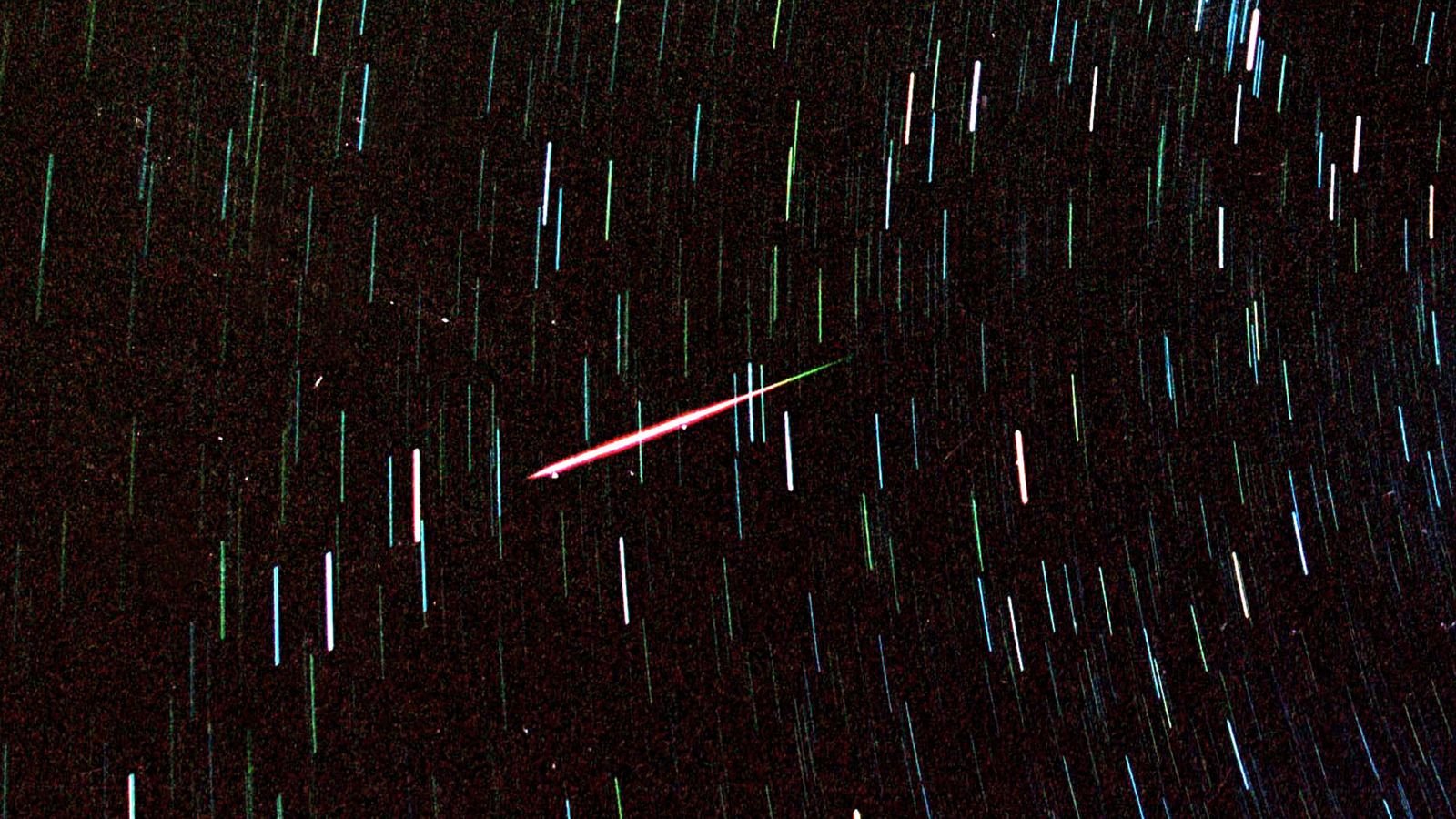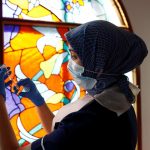A spectacular shooting star display is set to illuminate the night sky as the annual Leonid meteor shower returns.
Astronomers say Wednesday night pre-dawn will offer the best chance of catching a glimpse of the light show.
The Leonids, usually one of the more “prolific” showers with fast, bright meteors, are commonly associated with the Tempel-Tuttle comet.
Displays are better when the comet, which takes 33 years to orbit the sun, is nearer to Earth – however, stargazers must wait 15 years for the next occurrence.
As for this week, people living in the south are expected to have the best opportunity to view the display, as it’s forecast to be largely dry with variable cloud between Wednesday and Friday.
Unfortunately for those in the north, the Met Office has predicted changeable weather with spells of rain or showers and wind.
The Royal Museums Greenwich Group, which includes the Royal Observatory, advises stargazers on its website: “Hunting for meteors, like the rest of astronomy, is a waiting game, so it’s best to bring a comfy chair to sit on and wrap up warm as you could be outside for a while.
Meteorite found in the Cotswolds is the first in the UK for 30 years
UK meteor: ‘Huge flash’ as ‘fireball’ lights up skies ‘like a giant firework’
Geminid meteor shower predicted to be most dazzling ever thanks to absent moon
“They can be seen with the naked eye, so there’s no need for binoculars or a telescope, though you will need to allow your eyes to adjust to the dark.
“For the best conditions, find a safe location away from street lights and other sources of light pollution.”
Please use Chrome browser for a more accessible video player
The Leonids appear to stream from the head of constellation Leo the Lion, which they were named after.
The comet leaves behind a tiny path of debris as it follows its path around the sun.
This enters Earth’s atmosphere at speeds of up to 70km per second – vaporising and creating the incredible streaks of light known as meteors.
Showers will peak on Wednesday but are expected to be present for several days before and after, although at a lower rate.






















